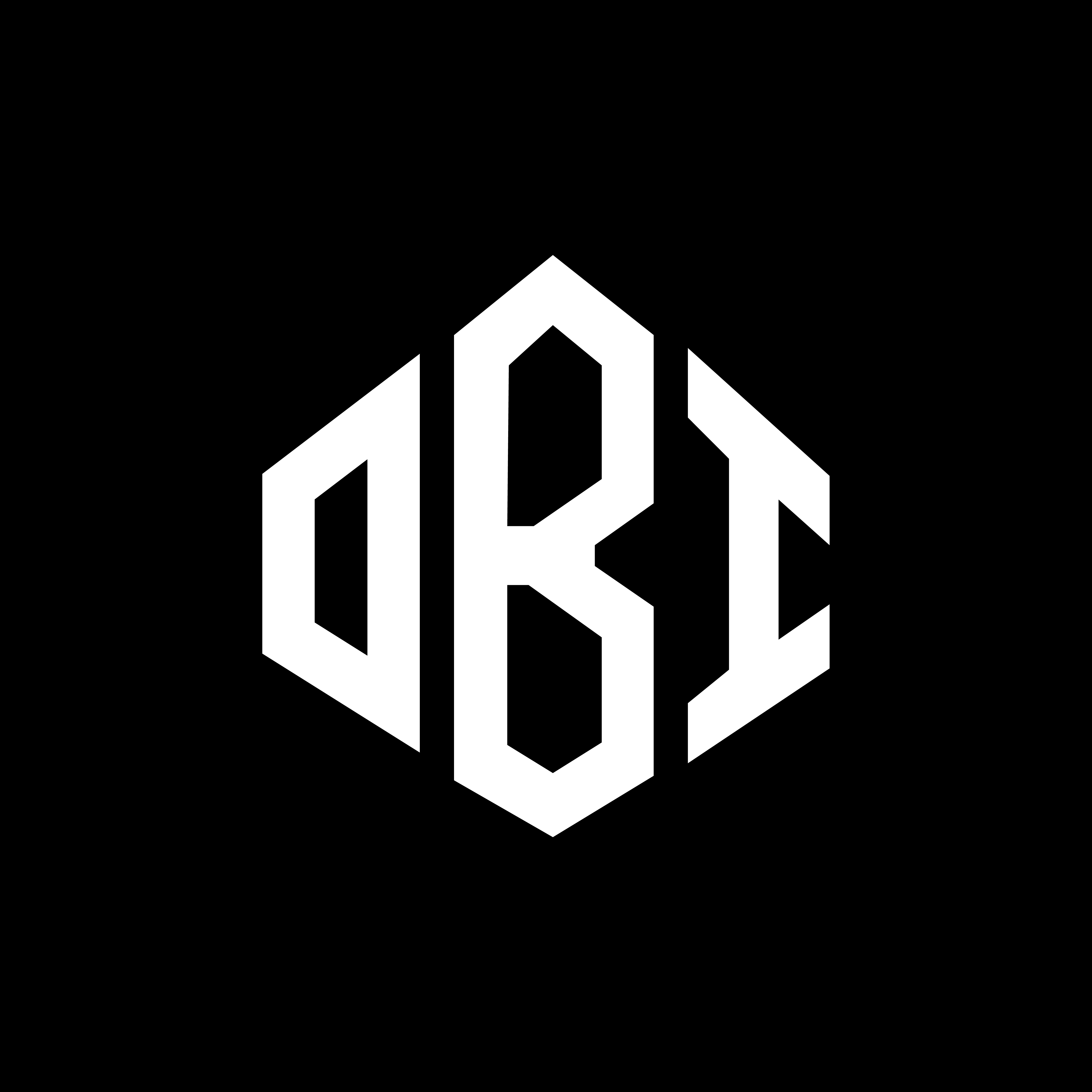In the ever-evolving world of product design, proficiency in 3D modeling and visualization is crucial. As businesses strive to create products that captivate and resonate with their audience, mastering 3D product design has become a non-negotiable skill for designers. This comprehensive guide introduces you to the latest techniques and tools that are shaping the industry.
The Power of 3D Modeling
3D modeling has transformed the design process, enabling designers to conceptualize, iterate, and refine their products with unparalleled precision. The ability to create detailed digital prototypes not only accelerates the development cycle but also allows for extensive testing and improvement before any physical model is produced.
Essential 3D Design Tools for Designers

- Solidworks: Revered for its user-friendly interface and powerful features, Solidworks remains a go-to for engineers and designers alike.
- Autodesk Fusion 360: Known for its versatility, Fusion 360 offers CAD, CAM, and CAE capabilities all in one platform.
- Blender: This open-source software is perfect for designers who need a tool that supports 3D modeling, rendering, and animation.
- KeyShot: When it comes to rendering, KeyShot provides stunning visuals that bring your 3D models to life with realistic textures and lighting.
Advanced Techniques in 3D Design
To truly excel in 3D product design, one must be adept in a variety of techniques. From understanding the nuances of mesh topology to mastering the art of UV mapping and texturing, the modern designer must be prepared to continually learn and adapt. Additionally, staying updated with the latest in additive manufacturing and 3D printing technology can give designers a significant edge.
Conclusion
As we look to the future, the realm of 3D product design is only set to expand. By harnessing the power of innovative design tools and staying abreast of emerging techniques, designers will not only contribute to the aesthetic and functional aspects of product creation but also to the overall success of the brands they represent.

No Comments
There are not comments on this post yet. Be the first one!